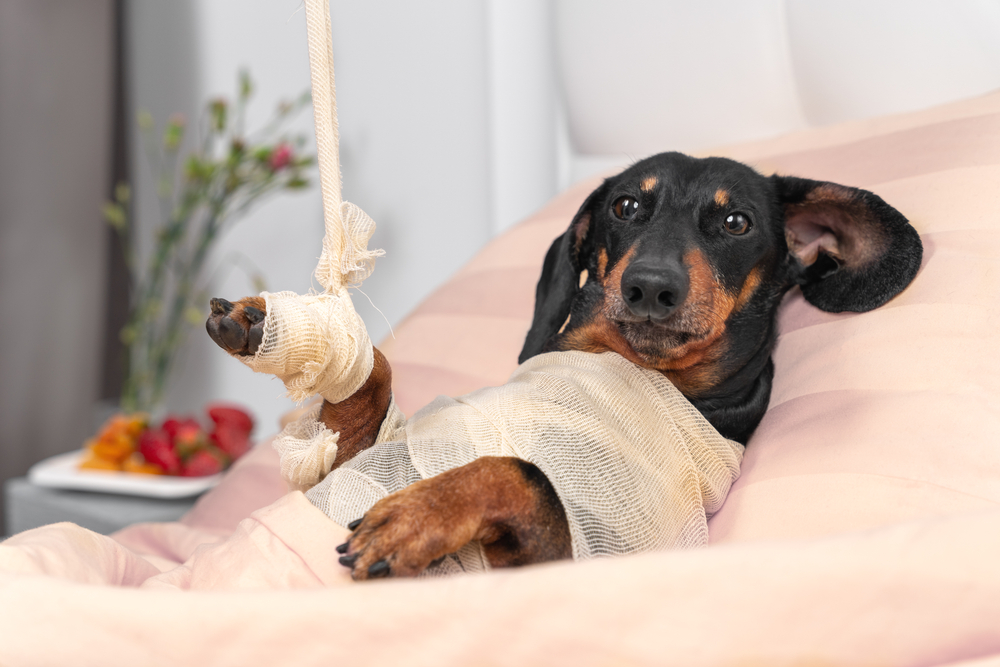Postoperative Pet Surgery Care: Ensuring a Smooth and Safe Recovery

The period following surgery is a critical time for any pet, filled with challenges and milestones on the road to recovery. Postoperative pet surgery care is essential in helping your pet heal without complications, ensuring they return to their happy, active selves as soon as possible. This article delves into the essentials of postoperative care, providing pet owners with the knowledge needed to navigate this crucial phase effectively.
Understanding Postoperative Care
After surgery, pets require special attention to recover properly. The type of care needed depends on the surgery performed, but all pets will need a safe, quiet space to recuperate. Pain management, wound care, and monitoring for signs of infection are universal aspects of postoperative care that play a pivotal role in the healing process.
Pain Management
Effective pain management is paramount for a comfortable recovery. Pets may not show pain in ways humans might expect, so following the veterinarian’s instructions for pain relief medication is critical. Never give human medications to pets, as many are toxic to animals. Signs that your pet might be in discomfort include whining, restlessness, or reluctance to move.
Wound Care
Keeping the surgical site clean and protected prevents infection and promotes healing. Your veterinarian will provide specific instructions on how to care for the wound, which may include keeping it dry, applying ointments, or changing bandages. It’s also important to prevent your pet from licking or scratching the area, which might necessitate wearing an Elizabethan collar (commonly known as an “E-collar” or “cone”).
Diet and Hydration
Proper nutrition and hydration are vital for recovery. Your pet might not have a normal appetite immediately following surgery, but it’s important to encourage eating and drinking. In some cases, your veterinarian may recommend a special diet to support healing. Always ensure fresh water is available and monitor intake to ensure your pet stays hydrated.
Activity Restriction
Limiting activity is essential to prevent strain on healing tissues and ensure incisions heal properly. Avoid walks, running, and jumping according to the vet’s recommendations. Use a leash when taking your pet outside to relieve themselves, and consider confining them to a small, comfortable area of the house to limit activity.
Monitoring for Complications
Keep a close eye on your pet for any signs of complications, which could include excessive swelling, discharge, redness at the surgery site, lethargy, or changes in appetite or behavior. If you notice anything concerning, contact your veterinarian immediately.
Follow-Up Appointments
Follow-up visits allow the veterinarian to monitor the healing process, make any necessary adjustments to the treatment plan, and remove stitches or staples if used. These appointments are crucial for ensuring everything is proceeding as expected.
Emotional Support
Recovery can be a stressful time for pets. Offer plenty of comfort and reassurance through gentle petting, soothing words, and being present. Emotional support can significantly impact the healing process, providing a sense of security to your pet.
The Role of the Pet Owner
As a pet owner, you play a vital role in your pet’s recovery. Being well-informed, prepared, and attentive can make a significant difference in the postoperative period. Always follow the veterinarian’s instructions carefully and maintain open communication with your vet, asking questions whenever uncertainties arise.
Conclusion
The postoperative pet surgery care period is a delicate time that demands meticulous care and attention. By understanding the essentials of postoperative care and working closely with your veterinarian, you can provide your pet with the support they need for a successful recovery. Remember, patience and vigilance are key during this time. With the right care, your pet will be back to their usual self, ready to enjoy life to the fullest once again.
